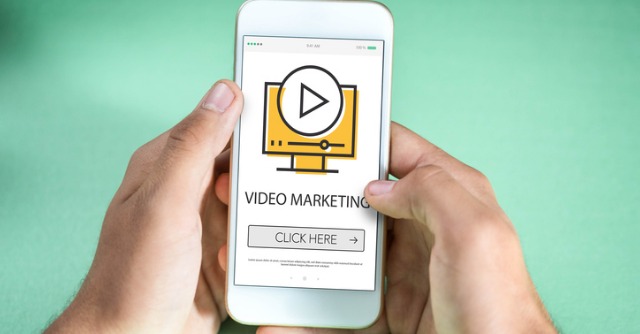The year is 2018, and the desire for instant gratification is at an all-time high. With nearly three-quarters of the American population owning smartphones, it only makes sense for brands to focus their budgets and efforts on reaching their audiences through video advertising on mobile devices. As marketers, it’s our job to dig into the mind of the consumer and give them what they really want. Understanding that there is a continuously increasing amount of content being consumed over mobile is key, and with technology companies racing towards conquering the ability to access endless luxuries at our disposal via mobile, there is no end in sight.
In 2016, mobile ad spending surpassed desktop ad spending. And by next year, nearly 70% of total digital ad spending will be on mobile devices, according to EMarketer. If your business isn’t yet prioritized for mobile-readiness, now is the time to put those efforts into actions.
Where to start?
If you’re going to advertise on mobile, think about what platforms mobile users are on. Facebook boasts more than 1 billion daily active users, while Twitter is currently at 320 million monthly active users. Instagram, which is owned by Facebook, is pulling about 400 million monthly active users, and Snapchat has over 100 million daily active users. With that said, these platforms are also prioritizing mobile display in their ad product offerings. For example, Facebook just launched its mobile-first video creation studio to offer advertisers the ability to add motion graphics to their static ads, and Twitter launched capabilities for advertisers to upload and distribute their own mobile video ads via promoted video.
Mobile Video Advertising Tips:
Keep your videos short and sweet: How long should my mobile video ads be? 6 seconds is key. When Champs Sports compared their 30 second and 6 second video ads, they showed a 271% increase in video completion rate, 11% increase in ad recall, and 12% increase in return on ad spend. Consumers are more likely to remember an ad that captured them right off the bat and drew their attention quickly. The difference in the ad recall shows the significance of clear and concise messaging that connects the brand to the consumer.
Think mobile-friendliness when shooting your video: A common issue that marketers run into is that their videos aren’t optimized to be running on all platforms. Make sure that when shooting a video for mobile, it’s being recorded at the proper specs to run on the platforms you’re going to be promoting them on:
Facebook video ad specs: Video dimensions:1280×720. Minimum width: 600px. Recommended video formats: .mp4, .mov. Maximum file size: 4GB.
Instagram video ad specs: Video dimensions: 600×600. Video max length: 60 seconds. Recommended video formats: .mp4, .mov. Maximum file size: 4GB.
Twitter video ad specs: Video dimensions: 1280×720. Video max length: 140 seconds. Recommended video formats: .mp4, .mov. Maximum file size: 512MB.
Snapchat video ad specs: Video dimensions: 1080×1920. Video max length: 10 seconds. Recommended video formats: .mp4, .mov. Maximum file size: 32MB.
Make it all about the experience:
Remember that mobile doesn’t always mean it’s just a different device. It’s a different experience too, and it’s the experience that you should be focusing on. Consumers are conditioned to use their mobile devices to discover new places, products, or events. Thinking about mobile-video advertising as experience-based with contextual placements is the better way to go.


